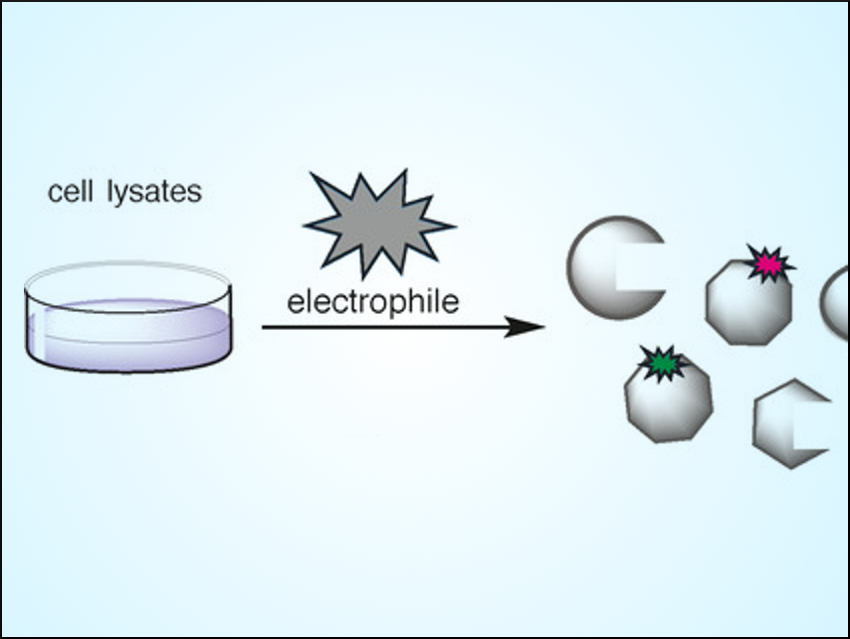Some chemical probes and drugs operate by a covalent, irreversible mechanism. However, they change the proteins that they bind to permanently, which might be a safety risk. Reversibly covalently bound compounds, e.g., electrophiles, could be used to preserve the advantages of this type of drug while reducing risks. However, there are few methods available for the evaluation of covalent, reversible ligand–protein interactions across the entire set of proteins expressed by humans (the proteome).
Ekaterina V. Vinagradova, Benjamin F. Cravatt, and colleagues, The Scripps Research Institute, La Jolla, CA, USA, have developed a mass spectrometry (MS) method to evaluate reversible covalency at cysteine residues in the human proteome. The researchers used gel filtration in combination with an isoTOP‐ABPP (isotopic tandem orthogonal proteolysis/activity‐based protein profiling) method to assess irreversible and reversible interactions between proteins and electrophiles that can react with cysteine.
The isoTOP‐ABPP method uses mass spectrometric analysis to map the exact sites of probe modification in proteomes. The gel-filtration step breaks up the easier-to-reverse protein–electrophile interactions. A comparison between the results with gel filtration and mass spectra recorded without this step allows the team to determine the reversibility of an interaction.
The team used this approach to evaluate the proteomic activity of the electrophilic α-cyanoacrylamide group. They found that it can bind to numerous cysteines on structurally distinct proteins in a covalent and reversible manner—including targets that are historically challenging for chemical probe development. According to the researchers, the method could also be used to map the target- and reversibility profiles of other electrophilies in biological systems.
- The Proteome-Wide Potential for Reversible Covalency at Cysteine,
Kristine Senkane, Ekaterina V. Vinogradova, Radu M. Suciu, Vincent M. Crowley, Balyn W. Zaro, J. Michael Bradshaw, Ken A. Brameld, Benjamin F. Cravatt,
Angew. Chem. Int. Ed. 2019.
https://doi.org/10.1002/anie.201905829




